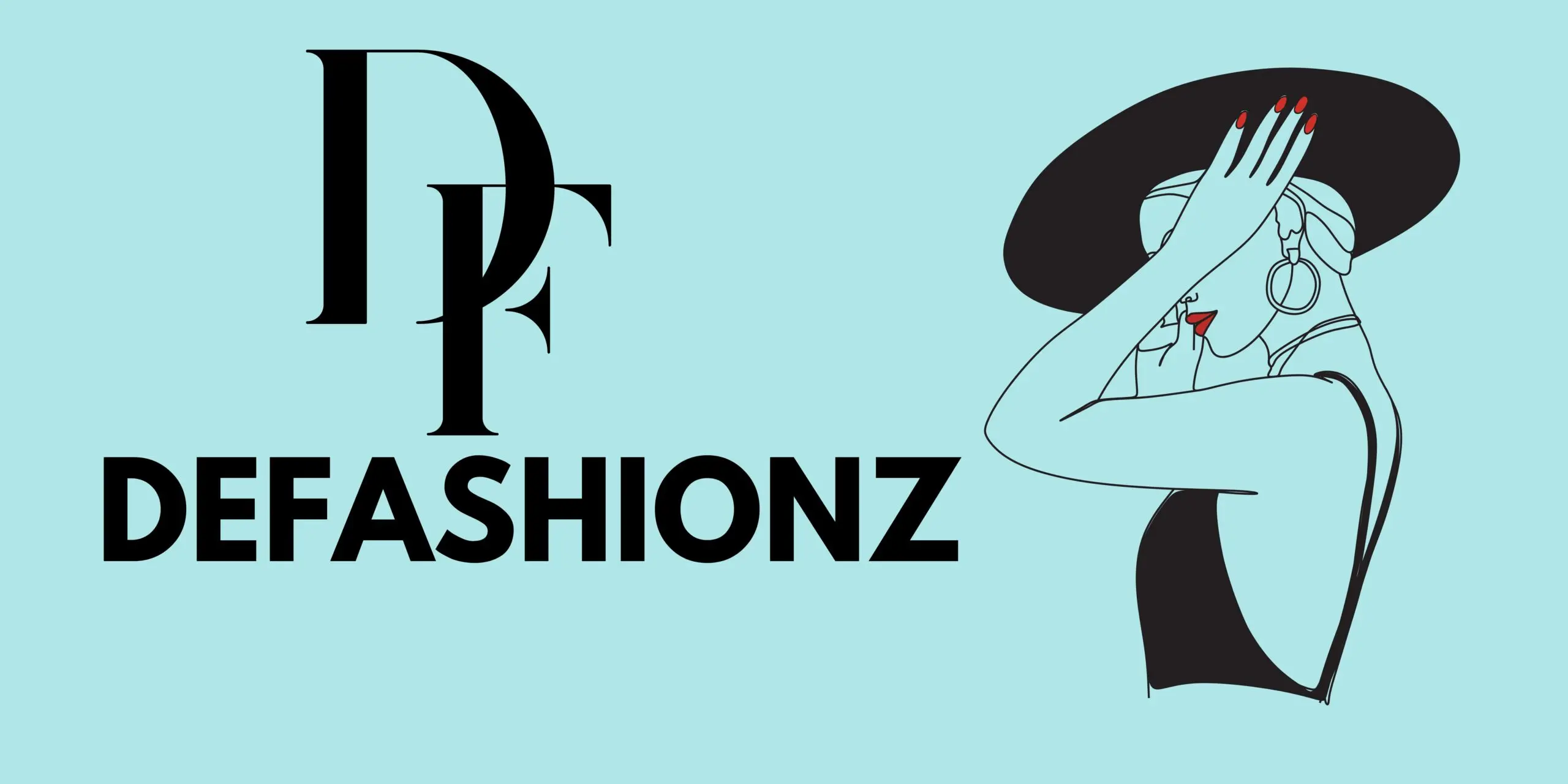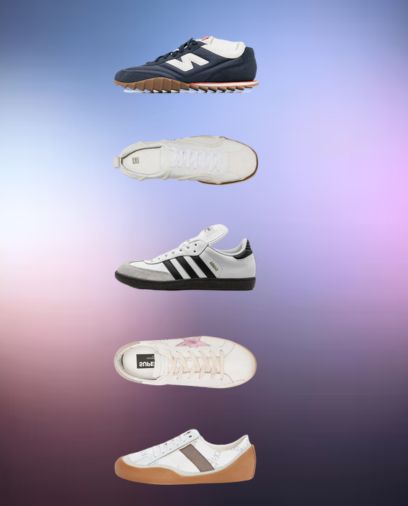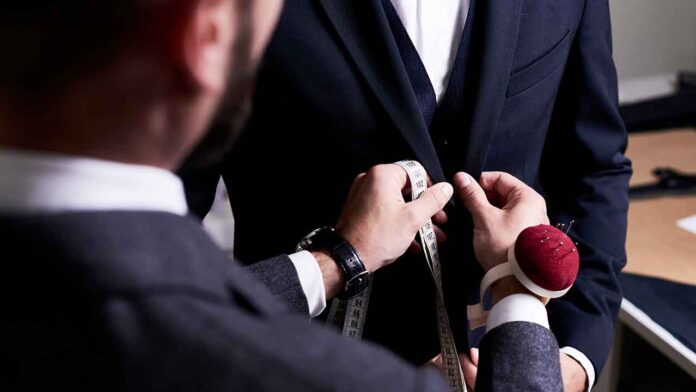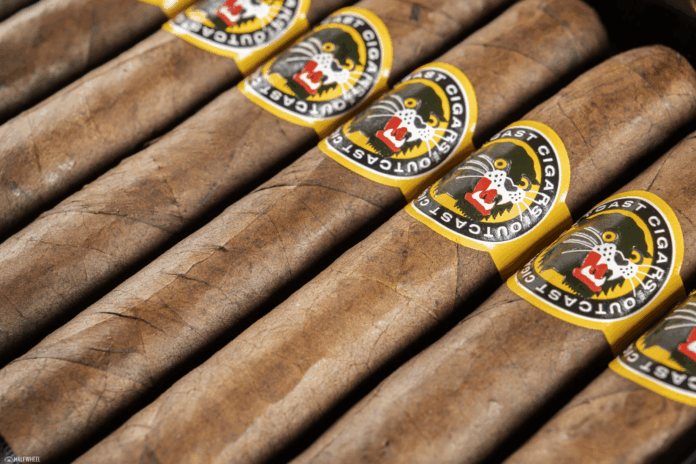Have you ever stood in front of your closet five minutes before a live interview, heart racing, and asked yourself, “Do I look camera-ready?” You’re not alone. Between studio lights, close-up shots, and the tiny details that look huge on screen, choosing the right outfit and beauty routine can feel overwhelming. This guide breaks down exactly what to wear for TV interview appearances—so you look confident, polished, and unforgettable on camera.
Why your outfit matters (and what the camera sees)
TV cameras and studio lighting can change how colors, textures, and patterns read. What seems bold in real life can look washed out or overly busy on screen. Your goal is to appear natural, authoritative, and visually clear—whether the segment is live TV, recorded, or virtual.
Quick camera-aware fashion rules
- Avoid tiny, busy patterns (they create moiré on camera).
- Pick solid, camera-friendly colors: jewel tones, mid-tone blues, emerald, burgundy, and deep teal.
- Skip pure white and neon—white can blow out under lights; neon reflects color back on your face.
- Choose structured silhouettes that flatter your shape and convey professionalism (tailored blazer, fitted knit, sheath dress).
What to Wear for TV Interview: Outfit rules that actually work
Below are practical outfit combinations that suit different interview contexts—news desks, morning shows, or on-location reporting.
Classic professional (news or political interviews)
- Tailored blazer in navy, charcoal, or jewel tone paired with a simple blouse in a complementary color.
- Sleek trousers or a knee-length pencil skirt.
- Minimal jewelry: stud earrings, slim necklace, and a watch. Avoid jingling bracelets.
- Comfortable heels or polished flats—something you can stand and move in.
Smart casual (lifestyle segments or expert commentary)
- Refined knit sweater or patterned silk blouse (large, subtle prints are fine).
- Dark denim or structured trousers for a modern, approachable look.
- Layer with a lightweight blazer or cardigan for on-screen depth.
Live TV or on-location interviews
- Prioritize comfort and mobility: breathable fabrics and simple lines.
- Bring one backup outfit to the location in case colors clash with backgrounds.
- Neutral shoes and minimal accessories work best outdoors to avoid distractions.
Beauty basics: skincare and pre-show routines
Your skin is the canvas. A simple pre-show skincare routine creates a smooth base for makeup and helps you look fresh under lights.
Quick pre-interview skincare (30 minutes prior)
- Cleanse gently to remove oil and dirt.
- Apply a lightweight hydrating serum (hyaluronic acid) if your skin needs plumping.
- Use a mattifying moisturizer or light primer where you typically shine (T-zone).
- Blot any excess oil 10 minutes before makeup application.
For more in-depth routines, check out our internal resources on skincare tips.
Makeup suggestions: camera-friendly techniques
Camera makeup should enhance your features without looking heavy. Think polished and natural—defined eyes, even complexion, and a flattering lip.
Face
- Use a medium-coverage foundation or tinted moisturizer to even skin tone.
- Set with a translucent powder lightly to avoid shine under studio lights.
- Add subtle contouring or bronzer to bring dimension back to the face.
Eyes and brows
- Define brows—television crops out undefined brows.
- Neutral eyeshadows in matte or satin finishes; avoid shimmery shadows that can reflect light.
- Waterproof mascara and tightlined upper lash line make eyes pop on camera.
Lips
- Choose lip colors that read well on camera: muted berry, rose, or a classic coral depending on your skin tone.
- A satin finish is often more flattering than high gloss, which can reflect stage lights.
Want current techniques and product ideas? Browse our makeup trends collection.
Hair, accessories, and final touch-ups
Simple, polished hair is best for TV. Avoid extreme volume or overly elaborate styles that can look dated or distracting on screen.
- Go for smooth blowouts, soft waves, or a tidy low bun.
- Avoid large, reflective jewelry or dangling pieces that move in the frame.
- Keep a small touch-up kit: blotting papers, powder, lipstick, and a travel brush.
Practical tips for virtual TV interviews
Virtual segments are a growing trend. Camera framing and background matter just as much as your outfit.
- Position your camera at eye level and test lighting—natural light in front is ideal.
- Wear the same camera-friendly colors listed earlier; avoid tiny prints that flicker on webcam.
- Check your background for clutter and distracting colors that clash with your outfit.
Frequently Asked Questions
Q: What are the best colors to wear for TV interviews?
A: Jewel tones—emerald, ruby, sapphire, and deep teal—work beautifully. Mid-tone blues and burgundy are universally flattering and camera-friendly. Steer clear of pure white and neon shades.
Q: Should I wear patterns for a TV appearance?
A: Large, subtle patterns can work, but avoid tiny prints like small checks or tight stripes that cause moiré on camera. Solid colors or soft textures are safest.
Q: How much makeup is too much for TV?
A: Use slightly more coverage than you would for everyday wear to balance studio lights, but keep finishes natural—matte or satin. Heavy shimmer or glitter can reflect light and look harsh on camera.
Conclusion: Look confident, feel prepared
Deciding what to wear for TV interview appearances doesn’t need to be stressful. Choose camera-friendly colors, structured silhouettes, and a simple beauty routine that enhances your natural features. Test your outfit and makeup on camera ahead of time, pack a small touch-up kit, and bring a backup outfit. When you feel polished and prepared, your confidence will shine through—on screen and off.
Ready to build your camera-ready wardrobe or master your pre-show routine? Explore our fashion guides, try the skincare steps above, and let us know your go-to TV interview look in the comments. Want more tips? Subscribe for weekly beauty and fashion advice tailored for on-camera moments.




